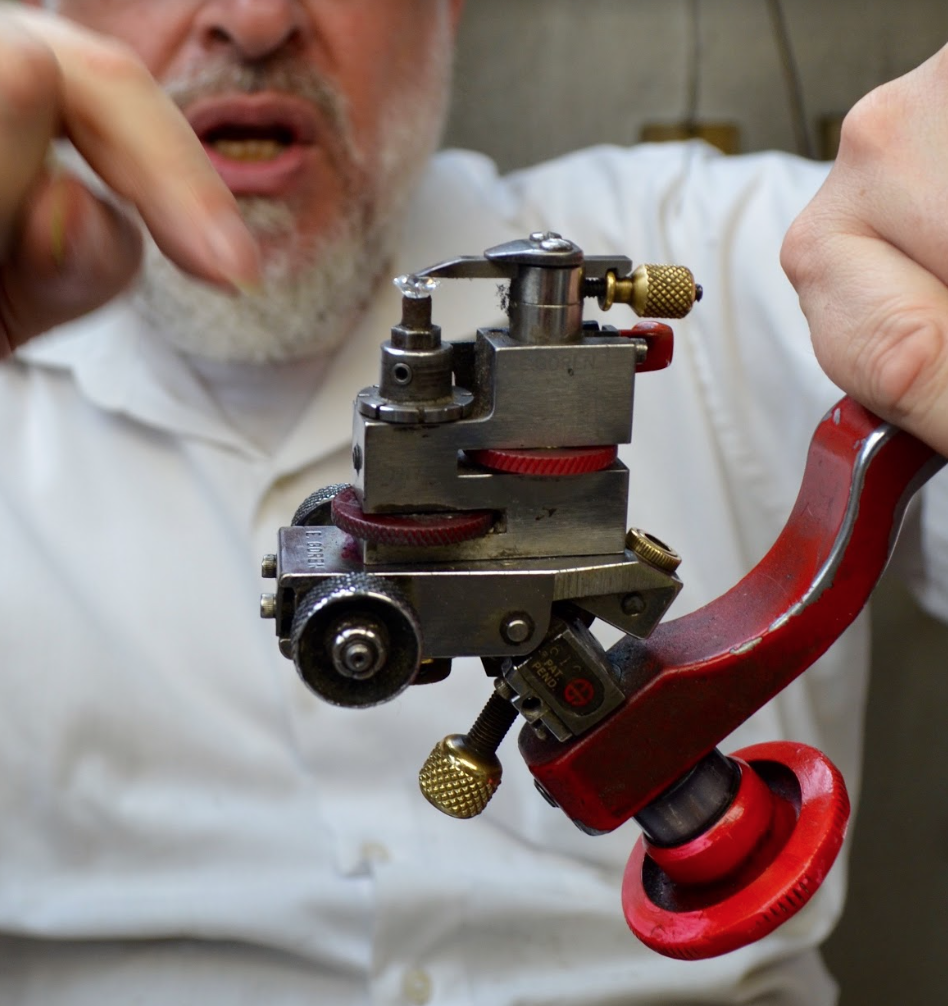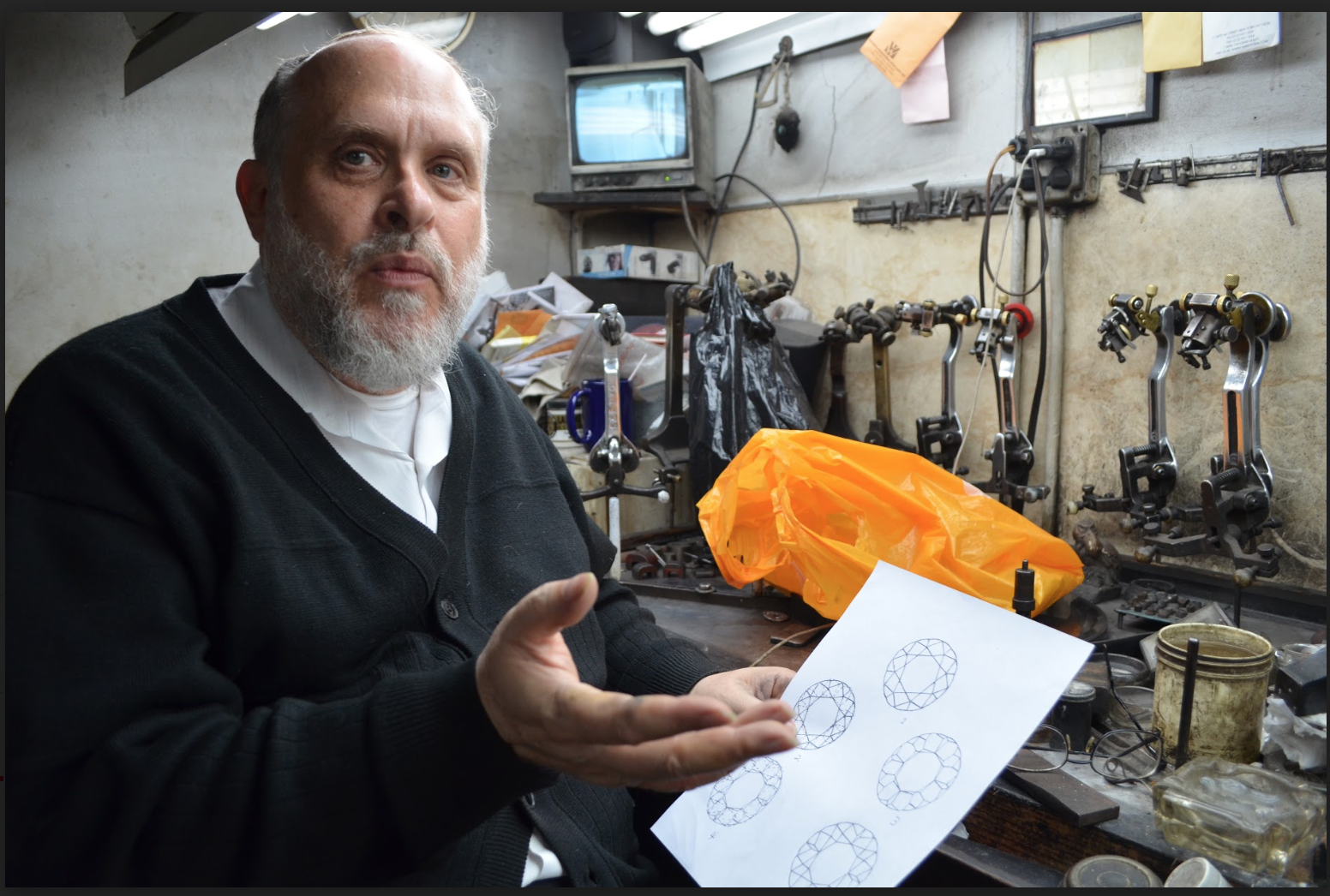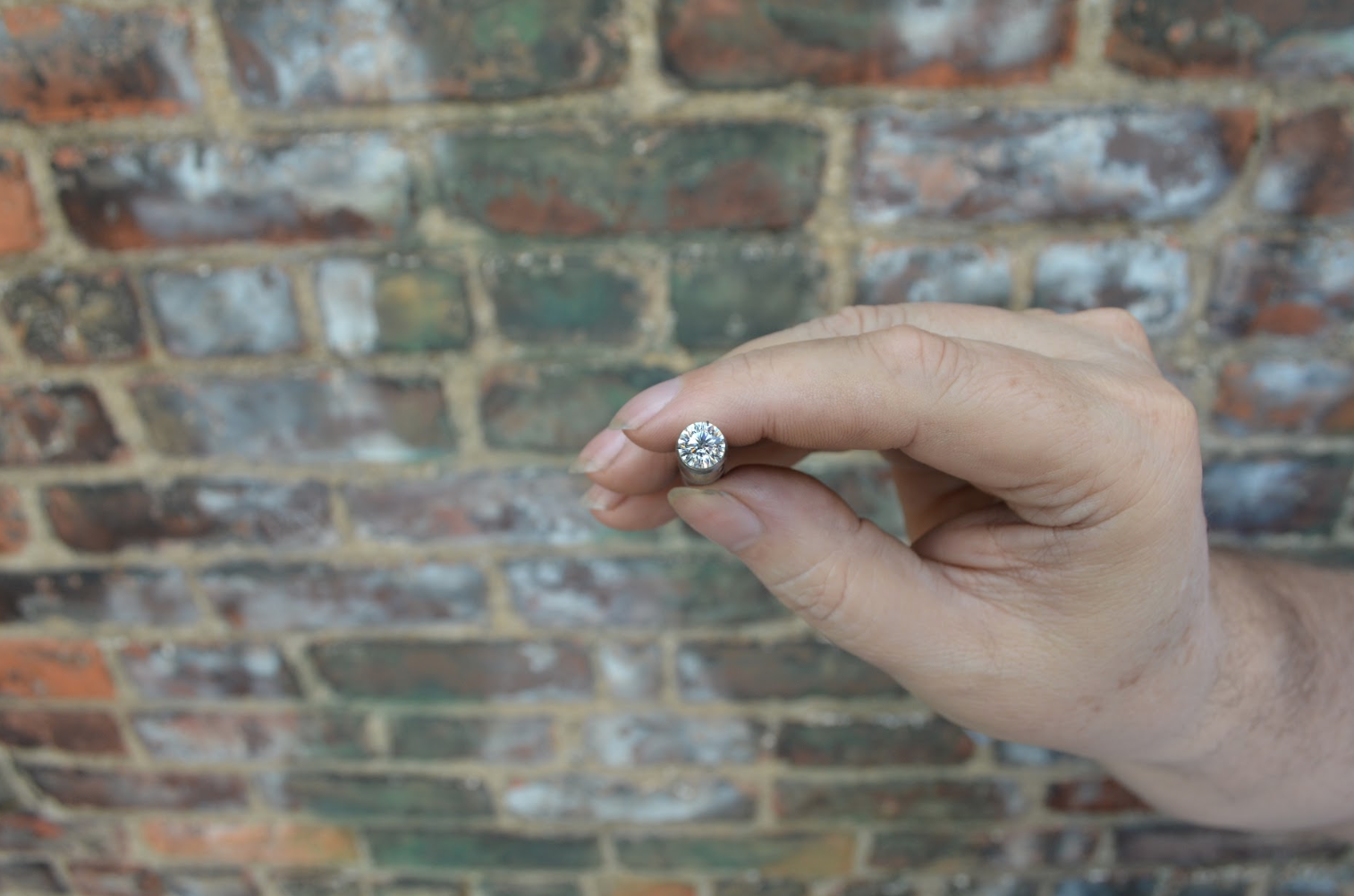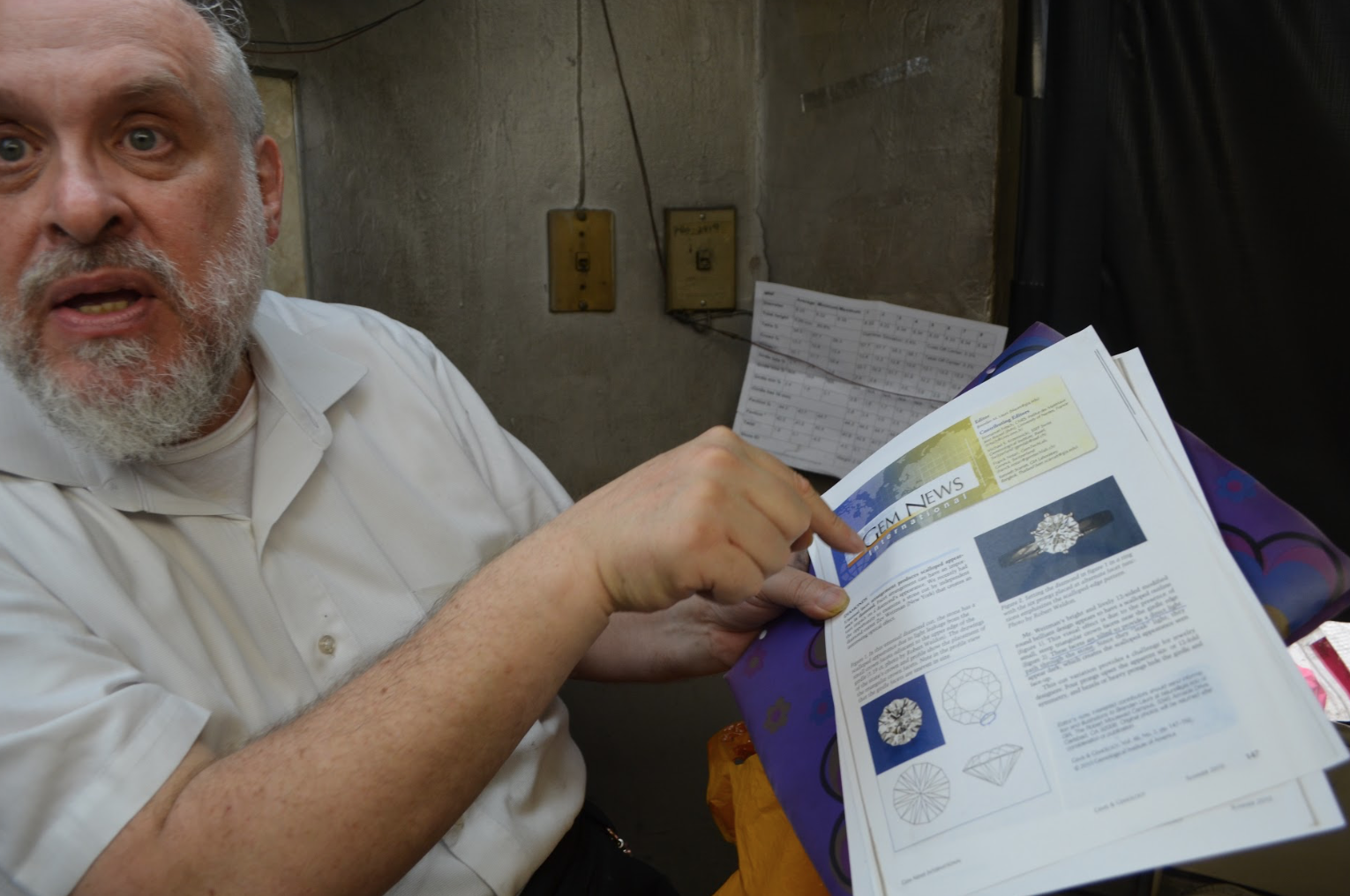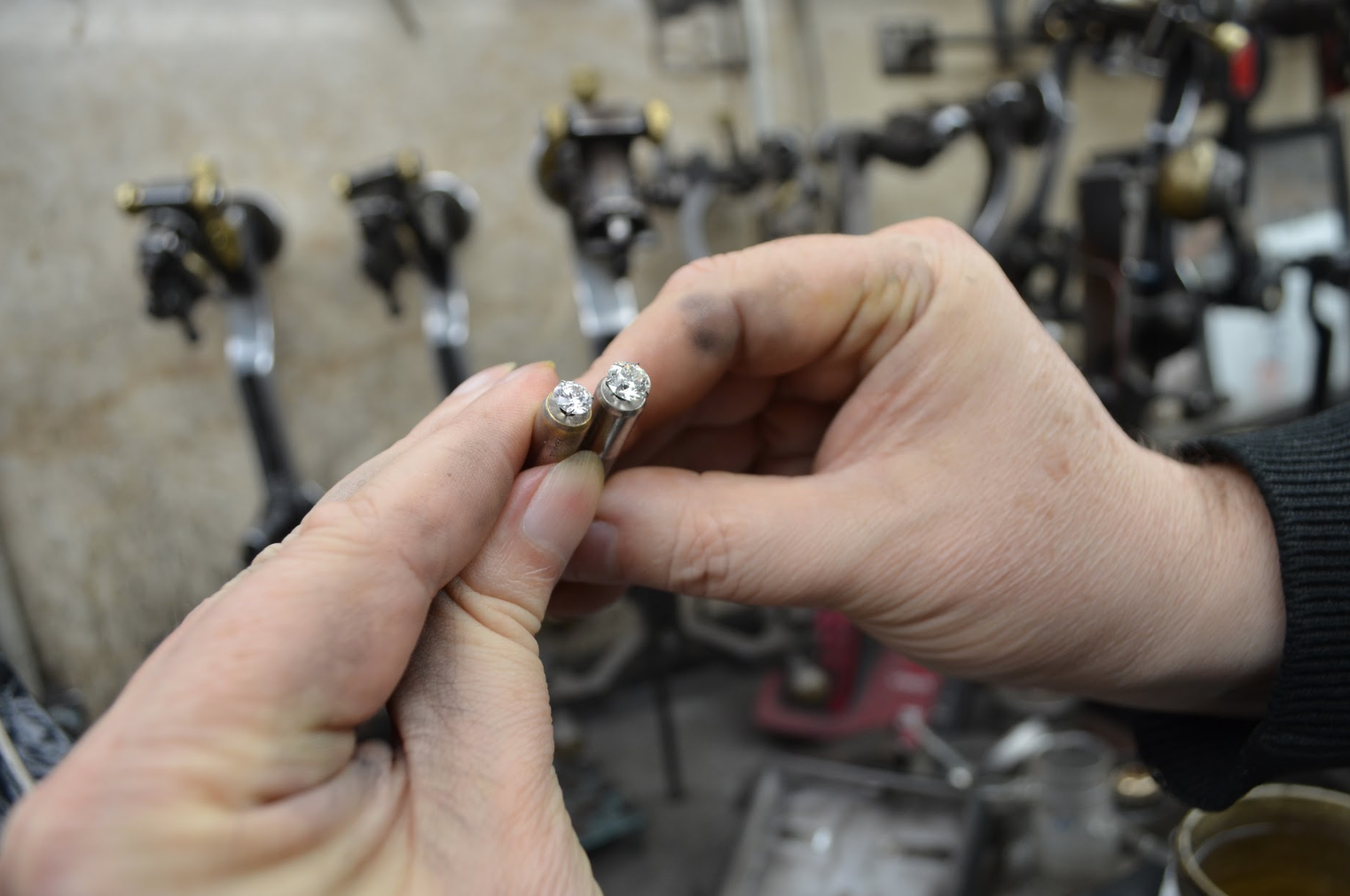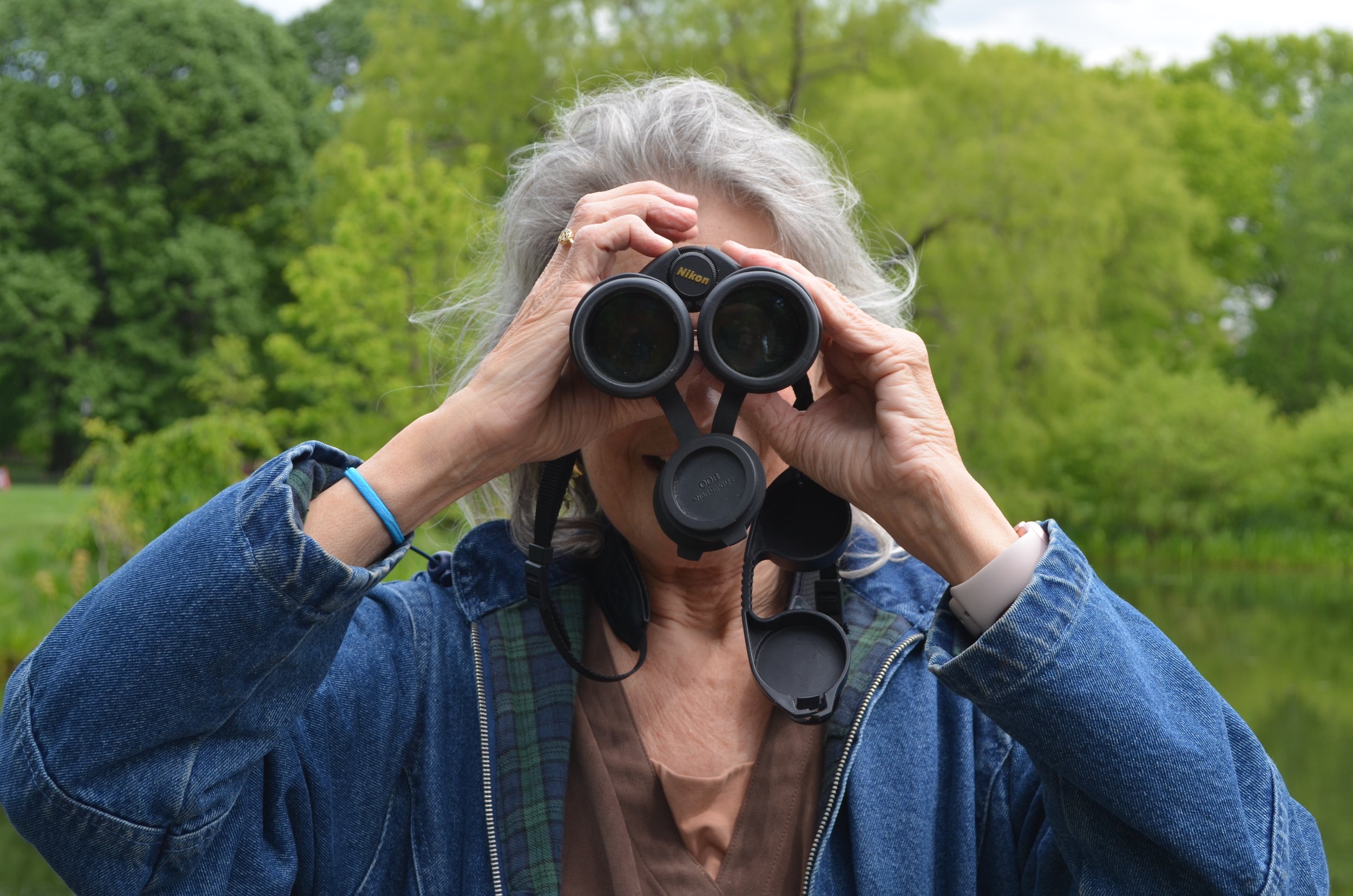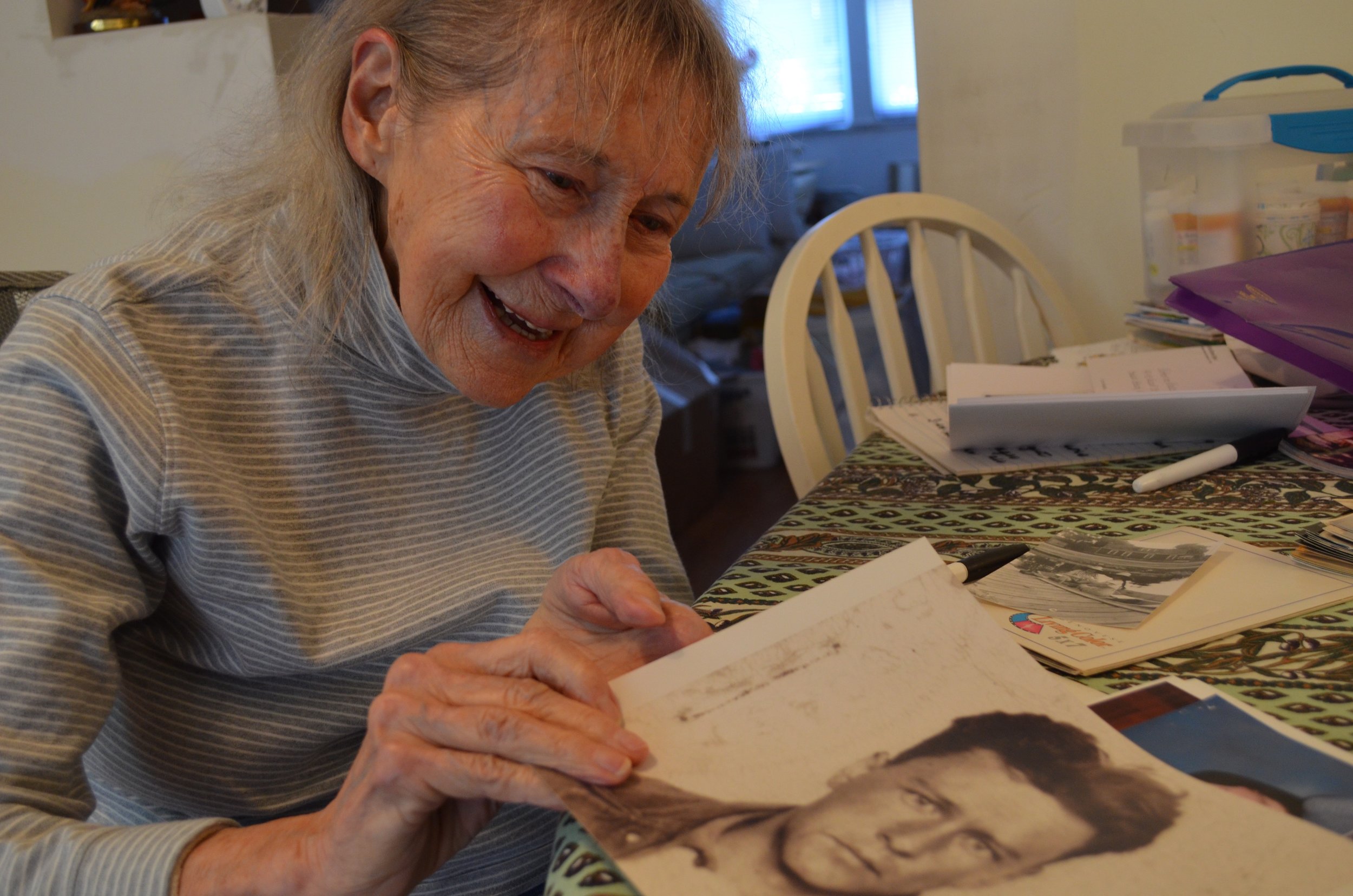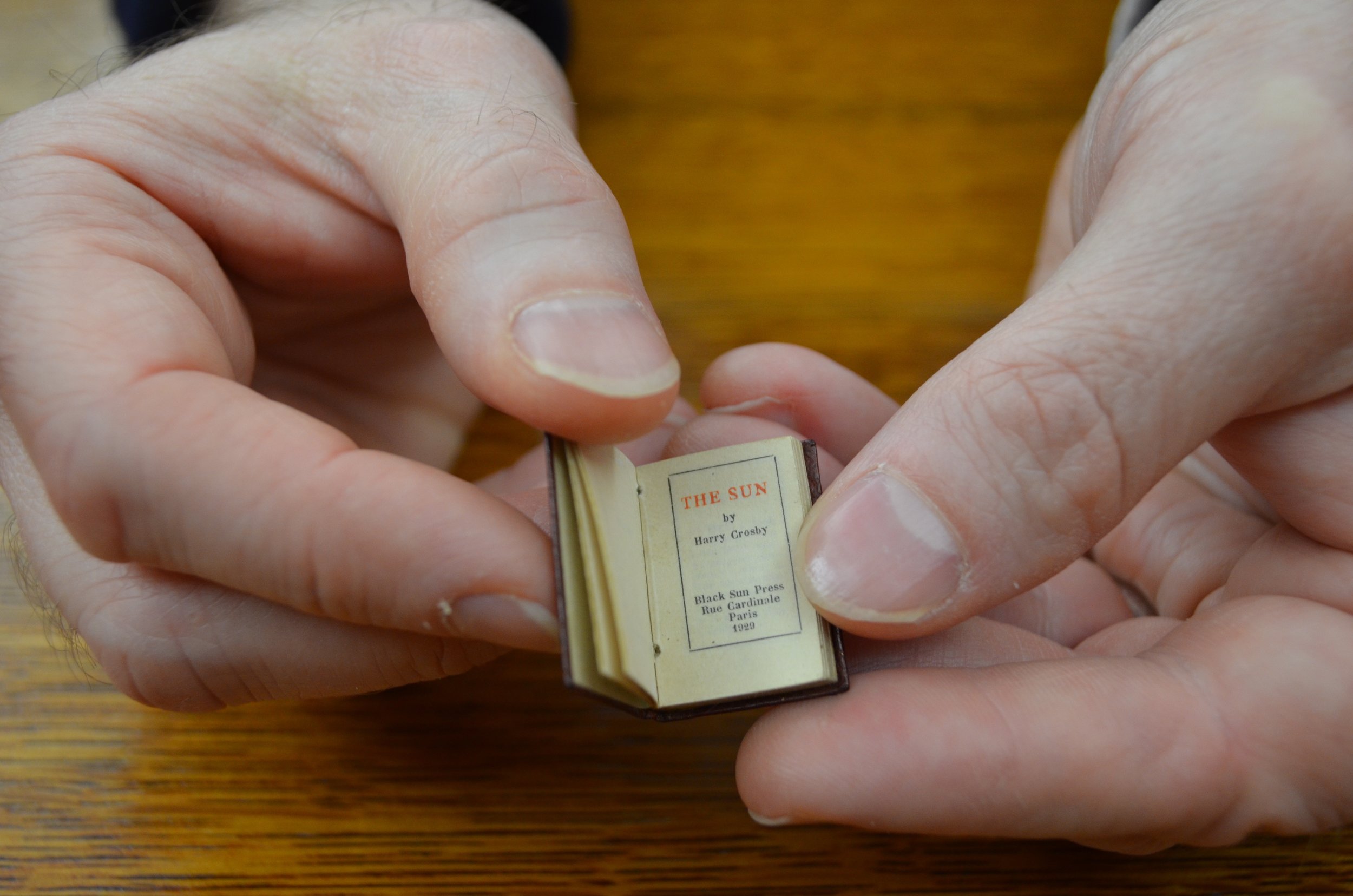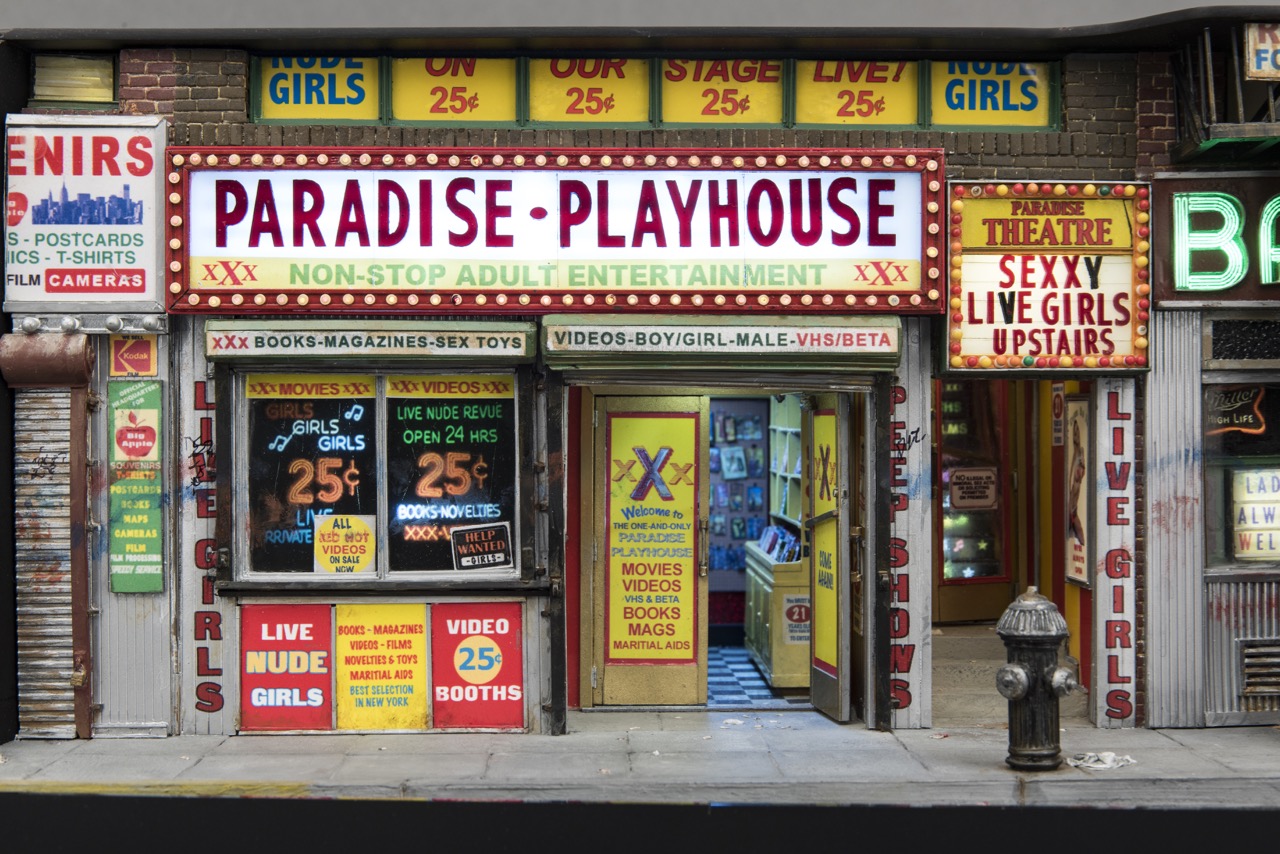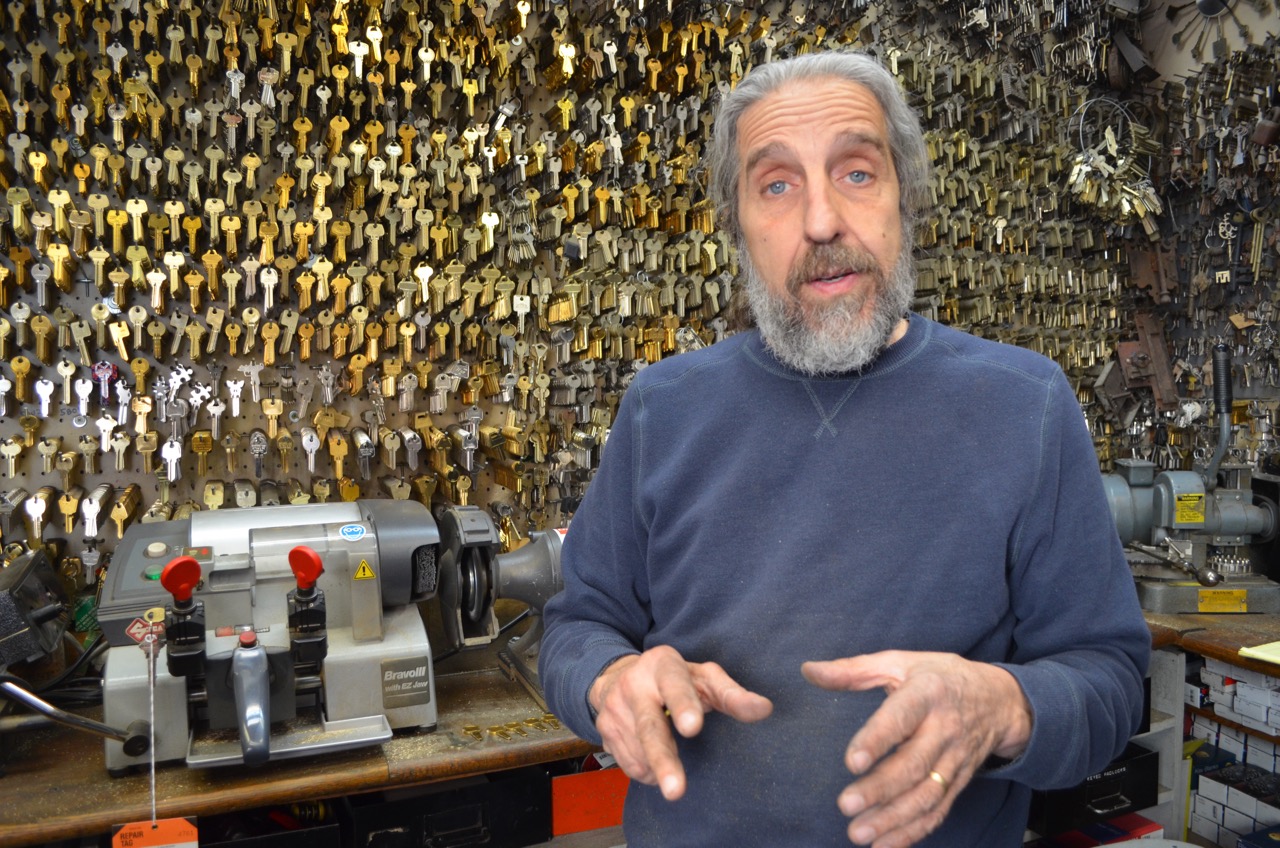0.10 carat and up
”The Rising Sun” // Diamond // Diamond District, Manhattan
For decades, diamond cutter Zev Weitman toiled in his cramped factory trying to find a new way to cut a diamond to give it more sparkle. Depending on his mood, the grandfather of 18 might compare his struggles to mathematician John Nash in “A Beautiful Mind” or even Albert Einstein’s quest to discover E = mc 2
“When I first saw “A Beautiful Mind” I thought, ‘OK. This movie, it’s for me.’ I'm embarrassed to say, I have the OCD and he had the schizophrenia. I'm out of the box and he was out of the box. He created an original theory about cooperation that won the Nobel Prize. Me? I'm looking to create the diamond with the best light performance.
I killed myself for 14 years to find it. I told my wife: ‘I'm not coming home tonight. I’m sleeping in the factory.’ Time is money, but I didn’t care about money. My daughter is twenty. When she was little she used to say, ‘Daddy, are you going to work on regular work so you can bring home a little bit of money, or are you going to be doing that other thing?’
Albert Einstein sat there for twenty-five years trying to answer one question and ended up splitting the atom. Most people give up before that.
I created a diamond I call The Rising Sun. I have a patent on it. You first have to understand Marcel Tolkowsky to understand my diamond. In 1919, Marcel Tolkowsky invented the round brilliant diamond cut. It’s the modern-day benchmark of diamond cutting. He figured out what the exact angles coming off of the top of the diamond should be.
But if somebody comes off with a pivotal invention, who says that it’s complete? Who says you can't add to it? You see, Tolkowsky wasn’t changing the arrangement of the eight main facets. He was subjecting them to the ideal angles that he discovered. My contribution is regarding the auxiliary facets. I added some and changed their shapes and rearranged them in order to put them all on ideal angles.
A good metaphor for splitting facets is – think of a house. The foundation stays the same. The roof and the floors don’t change, but you are moving rooms around and splitting rooms to let more light in. My diamond is like a sunburst. It has more light and texture and definition. It has more brilliance and more fire. It has more everything. I mean, there's nothing that it's missing.
I made the discovery in 2009. I spent all night and the next day in the factory and that’s when I saw this beautiful rising sun so clearly. I remember thinking: ‘I’m rich! I don’t have to worry about money anymore!’
It’s about 11:30pm and I walk outside and I see people jumping and screaming and going nuts and I thought: ‘How the hell do they know what I just discovered?’ It was New Year’s Eve and I had no idea. That’s how disoriented I was.
I'm an artist. I remember as a child making a statue of Abraham Lincoln from clay. Think about that. Now, I take a piece of rock and make a beautiful diamond. It's like sculpture. I love diamond cutting but I don't make money doing it. I'm such a good cutter. People know. Without bragging, I make a beautiful job.
They pay me twice as much but I work five times more. It doesn't work out. That’s why I become a teacher. But the teaching stopped because somebody figured out, let's cut diamonds overseas. The industry moved to India. When I came to this 35 years ago, there were 3,000 cutters. Now there aren't even two hundred. I'm left only because I do repairs. I fix other people’s mistakes.
Now I have The Rising Sun. And by the way, there are articles in science journals about my technique. Thank God, they wrote I am achieving more uniform light dispersion than the standard Round Brilliant cut. A diamond is a prism. So it’s all about angles and light performance. It’s optical physics.
Consumers see it with the naked eye. But first you have to create demand. Then supply. Is anybody looking for my new cut? No. You need to advertise first. I'm one guy with no money and I’m against billionaires who don't want my diamonds coming into to the market.
My friend said to me: ‘You're going to make a lot of money. But you're not doing this for the money. You're just doing it for you.’ And it's true. I just want to see the thing light up. I'm obsessed with it.
I’ll tell you what my mother once said about me: ‘Let me tell you something about Zev. Everything that everybody else can do – he can't do. But what he can do – nobody else can do.’”
-Zev Weitman

